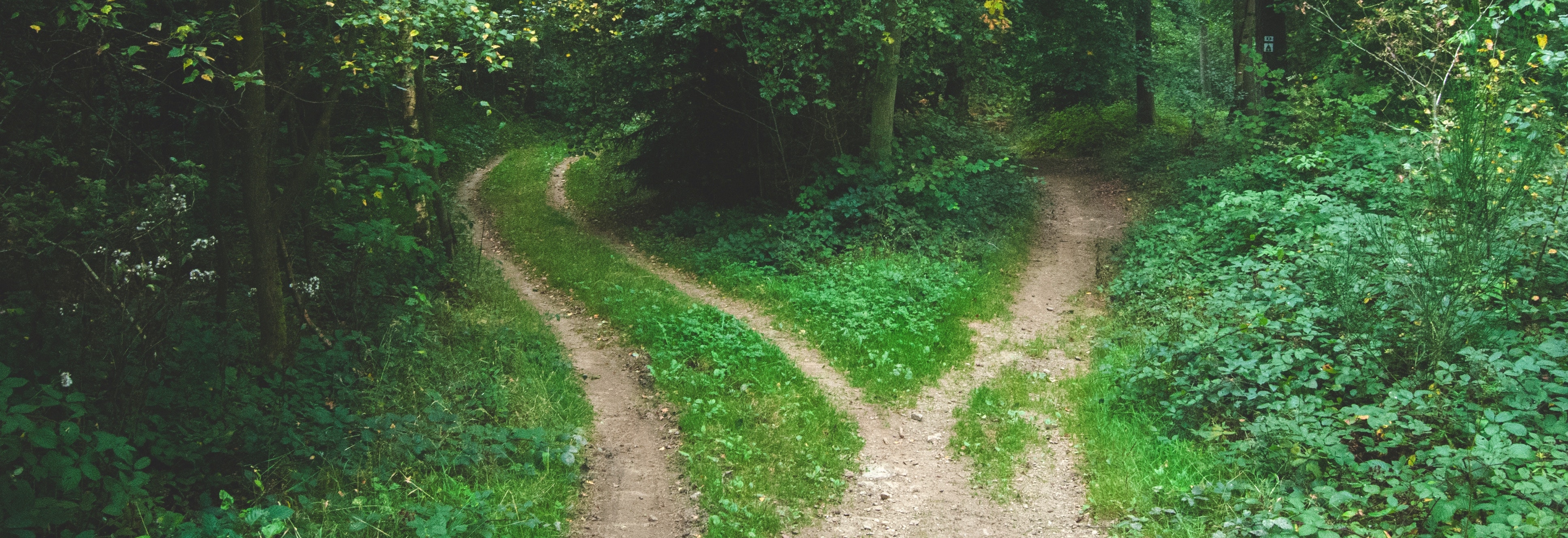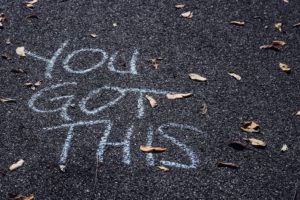
Head, Heart, Gut: Wise Hack Your Decision Making
Have you ever heard the saying “go with your heart”? How about “trust your guts”?
These sayings are often dismissed as merely literary devices. In fact, they both have a surprisingly scientific backing. While the Age of Enlightenment led to an incredible explosion in human knowledge and understanding of the world around us, it also led to a bit of a blinkered view of the world. If something couldn’t be “proven” with science then it was dismissed as untrue. But as Western scientific tools and understandings have advanced we are discovering that many beliefs and understandings from different cultures that were once dismissed as myth are in fact very real.
As rational thought became a prized skill, some of our more intuitive skills were diminished in importance. As a result, many of us have lost connection with some of our more emotional decision making tools. Consequently, we devolved to rely heavily on how our head works without understanding how the other parts work.
The power of judgement
When we make decisions, we make them based on judgements. We judge the current situation, the history that led to the situation and what we predict the future will be. For most people this process is pretty unconscious, unless they’re making major decisions. Try this exercise: For the next hour, count how many little decisions you make. Count everything! Decision to drink water, decision to sit down and read a book, decision to buy a house. You probably won’t do the last one, but it gives an example as to how large the range of decisions are that we make. Once you’ve done your count, think about how many of those decisions you spent time on versus how many you just made without really thinking.
I listened to a wild, yet incredible interview with Dave Jacke on the Permaculture Realized Podcast. There was a lot of really interesting information in this episode, especially if you’re interested in sustainable agriculture futures. But the most compelling moment for me, and one which struck quite deep, was when Dave was talking about decision making and how he used permaculture to analyse and understand his own processes.
Dave talked about how after actively observing his own decision making process, he noticed that his first judgement was always the one most rooted in his social conditioning. When he took the time to make second, third, even fourth judgements on a situation he noticed he was able to see that he was able to make much better decisions. Because he had taken the time to observe a situation and come up with a diverse range of explanations and scenarios for what he was looking at before making a decision.
The critical point that Dave made was that it was the space between the observation and the judgement that was key. In Dave’s words:
“that’s where freedom lies!”
In other words, it’s when we make decision making a conscious act of observation and then interaction that we are able to liberate ourselves from structural oppression.
Old habits die hard
We are all raised in a cultural context. We learn most things about ourselves, the world around us, and our place in it in the formative years of our life. For those of us who seek to transform the world around us, we often find ourselves on a deep journey of re-learning. Be it decolonisation, dismantling the patriarchy, ecological transformation, etc. or often, all of the above; those “a-ha!” moments.
All of those moments of re-learning or re-reasoning are generally triggered by a reaction to an experience. But without those moments we generally travel along making most of our decisions unconsciously.
This whole system is driven by our three brains. Yep, three.
Our three brains
Science has told us that we only have one brain – which is true – but it’s not the only part of our decision-making system.
Our three brains are our head, our heart and our gut.
They all work in different ways, but they absolutely all work together.
Think about it like this:
Our head brain is a place of reason, our heart brain is a place of emotion, and our gut brain is a place of instinct.
When we get stuck with a decision that needs to be made, checking in with where that stuck feeling is coming from is an incredibly powerful way of enhancing our decisions. Because where you feel that sense of unease determines what you should do with it.
Our gut brain is the most primal fight or flight mechanism at work so it triggers all the time. Mostly we don’t feel it because our brain goes “don’t worry, that’s just a sheep, it’s not going to hurt you” and the gut is immediately satisfied. We get so practiced at the decision to not be afraid of a sheep that we don’t even notice it happening any more. But when our brain can’t satiate that feeling we get those uncertain gut emotions like nerves and fear.
Our heart brain is obviously our emotional centre. From an evolutionary perspective we are usually talking about our limbic system which are the parts of our brain that are responsible for emotion and memory. Those bits have been around for a very long time and actually make up a big part of our brain. Most of our early learning happens in these parts of our brain and we use them a lot during the day. It’s the part that tells us when we’re hungry or tired for example.
Our head brain is actually a specific part of the brain called the neocortex. Or as I like to call it, the ‘thinky bit’. It’s the part of the brain that separates homo sapiens from all the other species on the planet. It’s the part of the brain that turns ‘feels’ into ‘thoughts’.
Learning about these three brains and how they work is the first step towards learning how to listen to them in order to improve your decision making powers.
Time to Feel All The Feels
The easiest way to practice Head, Heart, Gut thinking is to take a problem and spend a few seconds concentrating on where you physically feel the problem.
Try this: consider the problem of 2 + 2. Concentrate for a few seconds on what part of your body is activated by that problem.
Now try this: imagine you have to stand up in front of some strangers and give a speech. Repeat the process of concentrating on where you feel this problem.
Every person is different because we all have different experiences and realities but most people will feel problem one in the front top of their head, and most people will feel problem two in their abdomen.
A mathematical problem is a purely intellectual problem so we are going straight to the thinky bits for that one. You may even find yourself frowning slightly. Because the muscles in our forehead are connected to nerve fibres in our brain and are activated when those nerves are stimulated.
The prospect of public speaking is different because for most people that generates a nervous or fear response. So our fight or flight system leaps to attention.
The trick of Head, Heart, Gut thinking is knowing what to do once you’ve identified where your feeling sits. The answer to that question will vary greatly depending on the problem and situation involved.

What your brains are saying.
In my coaching practice I often ask my clients the question: where do you feel it? Because where you feel a problem informs how to process it and what you do with it. When you get into the habit of using three brains it makes stuff heaps quicker
But the basic principles are:
- Head: You need more information or need to spend time calculating a decision
- Heart: Your emotions are involved so spend time with your feelings, hopes and dreams
- Gut: Your fight or flight system has kicked in so time to address your fears.
It may be that you are feeling uncertain and you need to get more information or get someone else’s opinion. You could be feeling really tired and actually need some rest before making a decision. Or you may be feeling fearful because the decision might lead to you getting hurt. The more practiced you become at figuring out what type of problem you are facing the better you will become at using the right tools to solve it.
If you’re about to climb a mountain and you’ve got all the right equipment, have done your safety checks and you’re well trained, you can be certain that that feeling of fear will probably turn into one of excitement once you get to the top. But if you aren’t prepared it’s probably a wise decision to listen to your gut and not climb that mountain!
Practice Feeling the Feels
There are two ways when I really use Head, Heart, Gut thinking. Firstly, when I’m not sure if I’m making the right decision. Secondly, when something just doesn’t feel right and I use this method for a check in. I had to make a really big life decision recently about an opportunity I had. On the surface it seemed like a pretty straight forward ‘just go for it’ situation. But I had some definite niggly feelings. Rather than just leap in and see what happens, I spent a few days imagining I had made a decision either way and really sat with my head, heart and gut. I wrote some pros and cons, talked to friends, gathered more information. In the end I made the decision to not go for it.
What was most powerful for me was that in that process I spent that time thinking and feeling about what I really wanted. The answer was: what I already had. So once my mind was made up, I was not only happy with the decision but I had a renewed appreciation and energy for what I already have.
Sometimes it’s important to listen to your head, sometimes your heart needs a turn. But really good decisions usually involve a lot of both.
Know when to stop
The thing about making decisions is that it can be quite tiring. Like physical exercise, decision making uses glucose. If you have to make a lot of decisions in a short period of time, it can be exhausting. Anyone with kids will know how difficult it can be at 5 o’clock. The kids are need help with homework, dinner needs cooking, and you’ve still got work rattling around in your brain. It can be overwhelming!
Head, Heart, Gut thinking gives us the power to be much more efficient in our decision making. Leaving more time and energy for our brains to spend on other pursuits.
Given the enormous problems our species is facing at this time, I reckon we have plenty to keep us busy.
Using the Head, Heart, Gut technique is even easier when you know what your mission is. Get in touch if you want to know more about my GroundWork permaculture based career and life coaching program.


